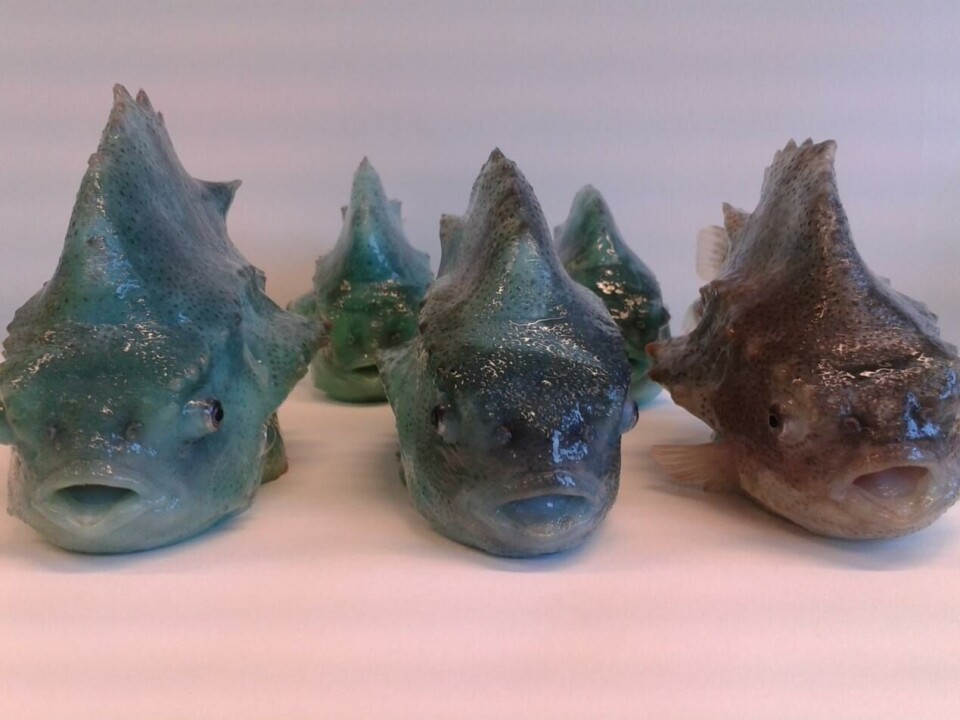
Tests show lumpsuckers can infect salmon with AGD
Researchers have demonstrated that lumpsuckers can develop amoebic gill disease (AGD) and transmit the infection to salmon.
“But determining which fish originally has the disease under field conditions can be difficult to know,” Gyri T Haugland, the primary author of the study conducted by Norway’s Industrial and Aquatic Laboratory (ILAB) in collaboration with University of Bergen (UiB) and the Norwegian Veterinary Institute, told kyst.no.
The trials showed that the lumpsuckers could be infected by Paramoeba perurans and go on to develop AGD, but they are not as receptive to the disease as the salmon.
In one trial, 15 lumpsuckers with AGD and 15 farmed salmon shared a tank for 12 days, after which it was found that 80 per cent of salmon had affected gills.
“Fewer lumpsuckers were affected by the disease, and gill lesions measured by real-time PCR were lower. In addition, the disease developed more slowly on the cleaner fish than on salmon,” the researchers write.
Early diagnosis
In order to limit the consequences of AGD in salmonids, it is important that diagnosis is made early in the course of the disease, often by checking the gills regularly for white spots, and by direct microscopy of the gills, according to the Veterinary Institute. This can be difficult to do with lumpsuckers.
“The anatomy of lumpsuckers is different from salmon, and the small opening of the gills means that it is not possible to investigate without sacrificing the fish,” says ILAB researcher Linda Andersen.
Between 2013 and 2015, according to the Veterinary Institute, AGD has been detected annually between 50 to 70 fish farming sites in Norway, most of them with salmon.
The researchers believe that regular screening with PCR is the best way to detect disease early.
“It is also important to treat the cleanerfish if there is an outbreak of AGD, so as to avoid cross-infection,” Andersen points out. “If there is an outbreak, salmon will still be the main reservoir because the disease develops faster.”






















































